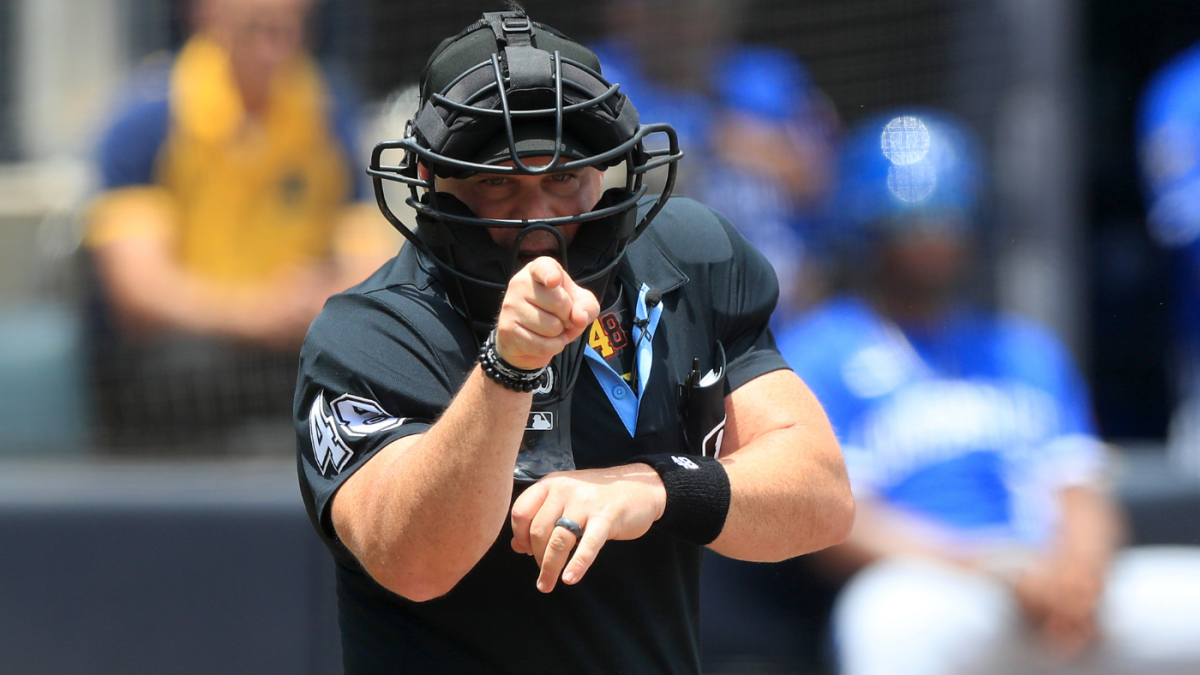The Evolution of the Strike Zone in Major League Baseball
A New Era in the Game
Major League Baseball (MLB) is in the midst of a significant transformation, one that is redefining the very essence of the game. At the heart of this evolution lies the strike zone, a seemingly simple concept that has become a battleground of interpretation, technology, and tradition. The strike zone, traditionally the realm of umpires’ discretion, is now under the scrutiny of advanced technology and rigorous evaluations, altering the dynamics of the game in profound ways.
The Shifting Strike Zone
The strike zone, as defined by the rules, is the area over home plate and between the batter’s knees and the midpoint of their torso. However, the practical application of this definition has long been subject to the individual judgment of umpires. This discretion has led to a strike zone that could vary from one umpire to another, and even from one pitch to the next. Recent changes in how MLB evaluates umpires and the introduction of automated systems are challenging this status quo, leading to a more consistent and accurate strike zone.
The Impact of Umpire Evaluations
One of the most significant shifts in the strike zone’s evolution has come from changes in umpire evaluations. A new labor agreement with the umpires’ union has led to fewer called strikes on the edges of the zone. This change is backed by data from Statcast, which shows that strike calls have been more accurate in the early part of the 2025 season than in any year since 2015. This increased accuracy is a result of reducing the traditional buffer zone that allowed umpires some leeway on close calls. The consequence? Fewer strikes are being called on pitches that would have previously been deemed strikes, leading to more walks and fewer balls in play.
Technology’s Pivotal Role
Technology has been a game-changer in the evolution of the strike zone. Systems like PITCHf/x and the Zone Evaluation System have brought a new level of precision to the game. PITCHf/x, introduced during the 2006 playoffs, uses a camera-based system in every stadium to track pitch trajectories. This data has been instrumental in identifying discrepancies between the called strike zone and the rulebook-defined zone.
The automated ball-strike (ABS) challenge system, tested during spring games, has further highlighted the differences between the umpire-called zone and the ABS zone. For instance, in 2-2 counts, the umpire-called zone was 449 square inches, while the ABS zone was 443 square inches. This small difference can have significant implications for the outcome of games, particularly in high-pressure situations.
The Human Element vs. Technology
The push for automated strike zones and the increased use of technology in umpiring have sparked a debate about the future role of human umpires. While technology can provide more accurate and consistent calls, it also threatens to remove the human element that has been a part of baseball for over a century. Proponents of automation argue for increased accuracy and consistency, while detractors highlight the potential loss of the human touch in the game. This debate is far from settled, and the future of umpiring hangs in the balance.
The Optics Problem
The discrepancy between the strike zones shown on broadcasts and those used by the league to grade umpire performance has created an optics problem. Viewers may perceive inaccuracies where none exist, undermining the credibility of umpires. The league’s efforts to standardize the strike zone and improve umpire evaluations are steps towards addressing this issue. However, ensuring consistency across all games remains a challenge.
Player and Coach Adaptations
Players and coaches have not been immune to the changes in the strike zone. The new, more strictly enforced strike zone has led to fewer strikes in areas that were previously regularly called strikes. This shift has caught many players off guard, as they were accustomed to a more lenient interpretation of the strike zone. The result has been more walks, fewer balls in play, and an overall increase in strikeouts, altering the strategic landscape of the game.
The Future of the Strike Zone
As MLB continues to refine its approach to the strike zone, the balance between accuracy and tradition will be crucial. The league’s efforts to standardize the strike zone and improve umpire evaluations are steps towards a more equitable and consistent game. However, the debate over the role of technology and the future of umpiring will undoubtedly continue.
The strike zone may have shrunk, but the conversation around it is far from over. The evolution of the strike zone is a testament to the ever-changing nature of baseball, a game that is as much about tradition as it is about adaptation. As players, coaches, and fans navigate this new landscape, one thing is clear: the strike zone will continue to be a topic of discussion, debate, and perhaps even some disagreement. And that, in many ways, is what makes baseball so compelling. It’s a game of inches, after all, and the strike zone is where those inches matter most.
A New Reality
The evolution of the strike zone in MLB marks a significant shift in how the game is officiated and perceived. The introduction of technology and changes in umpire evaluations have led to a more accurate and consistent strike zone, but not without controversy. Players, coaches, and fans are adapting to a new reality where the strike zone is more strictly enforced, and the human element of umpiring is increasingly supplemented by technology. As the game continues to evolve, so too will the strike zone, a symbol of baseball’s enduring ability to adapt and change.

